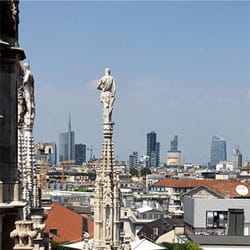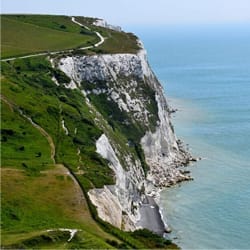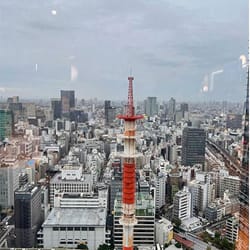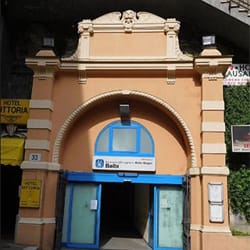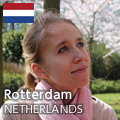But there is no perfection and indeed, two weeks after experiencing a very intense heatwave, Australia is now dealing with cyclones, tornadoes and floods.
Australians have been bracing for the impact of Tropical Cyclone Alfred, a Category 2 weather phenomenon that has damaged and affected the east coast of the country. The cyclone has hit Queensland and New South Wales causing torrential rains and severe flooding.
Heavy rain and strong winds have battered Australia’s east coast and the phenomenon has caused more than 300,000 homes and businesses to be without power.
The gusty winds and rain have knocked down power lines and triggered flood warnings as rivers have surged along the coastline between south-east Queensland and north-east New South Wales.
Alfred has caused creeks to overflow, fallen vegetation and landslides affecting access roads and meteorological authorities and weather alerts have issued maximum warnings for the most exposed regions, including the city of Brisbane and the Gold Coast, densely populated areas that suffered indeed extensive damage. According to experts, Alfred has been one of the most devastating cyclones in decades for eastern Australia.
Although authorities had prepared evacuation plans for coastal areas and areas most prone to flooding as well as set up shelters to house evacuees, the areas affected were many.
Schools and public transport remained closed with residents urged to prepare emergency kits containing food, water, medicine and torches, as well as to secure any items outside their homes to prevent them from being blown away by the strong winds.
Brisbane, home to more than three million people, has been at the centre of concerns. The mayor said all possible safety measures were being implemented, including the deployment of emergency teams ready to respond if needed.
Climate experts are warning that the intensification of cyclones in Australia could be linked to climate change, with warming oceans fueling stronger storms. Alfred caused damage not only to infrastructure but also to economic activities, especially in the agricultural and tourism sectors.
The most significant damage was recorded in the southern part of the state of Queensland - Gold Coast, in particular - and in the northern area of New South Wales where the beach was eroded and cliffs were formed by the exceptional weather conditions.
Cyclone Alfred lost intensity and it was then classified as a tropical storm nevertheless the rains are still very heavy and weather warnings remained throughout the week.
Consider that for the Australians of the Northern Territory, cyclones are a fact that they have to deal with every year during the rainy season that goes from November to April and, despite the advanced warning systems now developed and despite the most evolved and tested forms of response to a possible emergency, large cyclones always manage to take you by surprise and be an experience of devastation that is not easy to forget for anyone who lives through it.
Cyclones or hurricanes, as they are called in the Atlantic Ocean, form above the warm waters of the tropical ocean and usually dissolve once they move over land or over the colder waters to the south. Their severity is classified based on the strongest gust of wind that is recorded. On a scale that goes from 1 to 5, level 5 is the one in which the most dangerous cyclones are found, recording winds that can blow up to 300 kilometers per hour.
AFTERMATH OF ALFRED:













